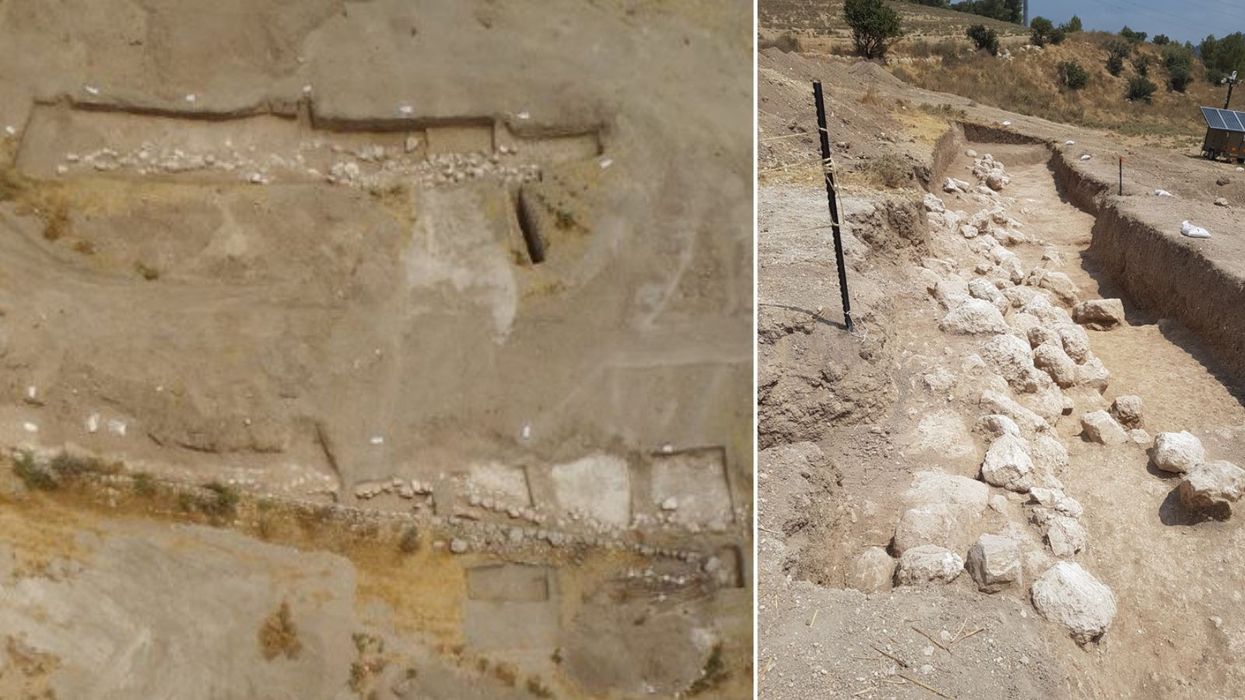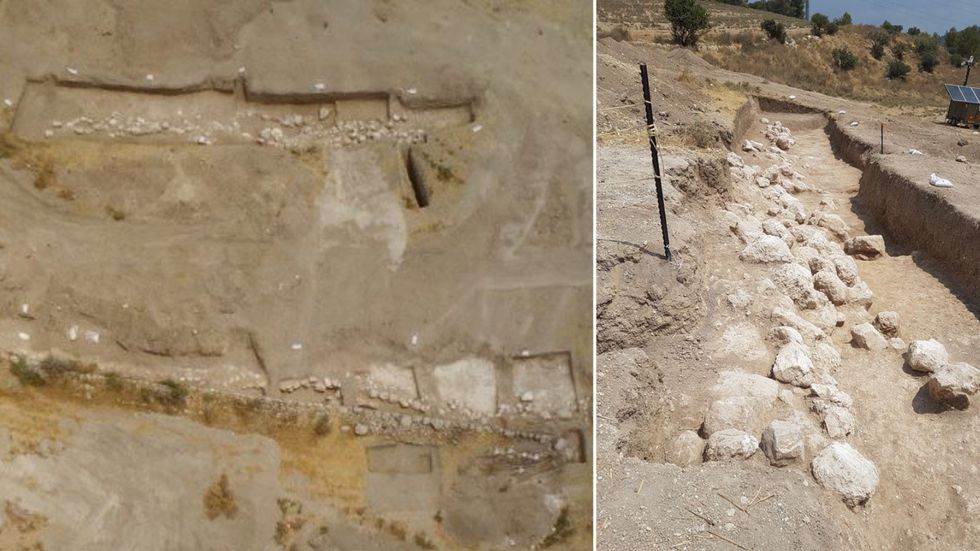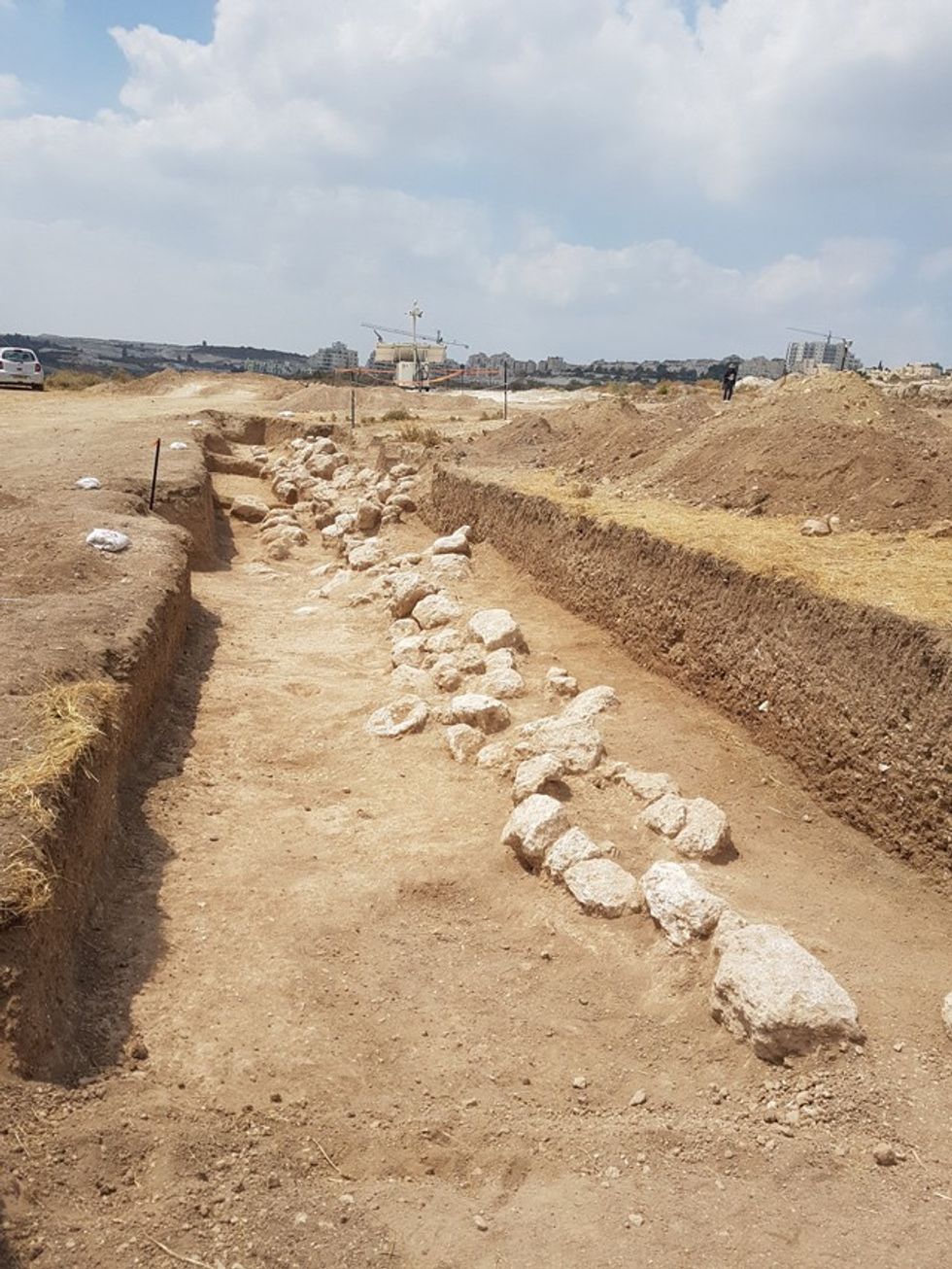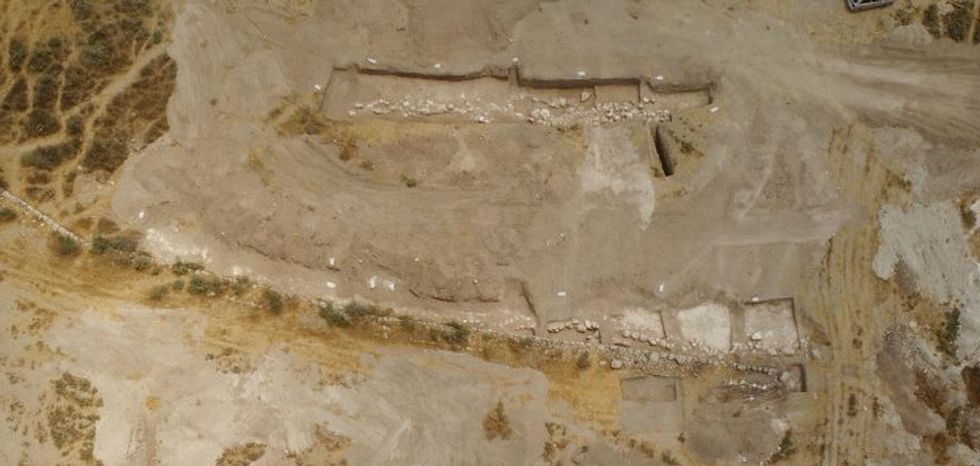Archaeologists make 'biblical discovery' as they identify possible 'Promised Land' reached by Moses

More evidence of a Biblical city has been found by archaeologists as experts unveil secrets about the story of Moses leading the Israelites to the "Promised Land"
|Israeli Antiquities Authority

Teams found items which date back more than 3,200 years
Don't Miss
Most Read
Evidence of a Biblical city have been found by archaeologists as experts unveil secrets about the story of Moses leading the Israelites to the "Promised Land".
Findings released by the Israeli Antiquities Authority, reveal artefacts such as stone walls and pottery from Zanoah - a town mentioned in the Old Testament.
The items date back more than 3,200 years, which coincides with the Bible when it stated that the Israelites reached the Promised Land - known as Canaan - around 1406 to 1407 BC.
More evidence of the Biblical story of Moses was also uncovered when a broken jar handle with the name of a king described in the Holy Book was found.
 More evidence of a Biblical city has been found by archaeologists as experts unveil secrets about the story of Moses leading the Israelites to the "Promised Land" | Israeli Antiquities Authority
More evidence of a Biblical city has been found by archaeologists as experts unveil secrets about the story of Moses leading the Israelites to the "Promised Land" | Israeli Antiquities AuthorityTeams located walls with rows of large, white rocks, which they believed were retaining walls for farming terraces.
The terraces were reportedly used to make level areas for planting and to protect steeper soil from erosion.
A piece of pottery which read "of the King," was thought to be in honour of King Hezekiah's reign in Judah in 701 BC.
Around 20 per cent of fragments found, date back to a period that Israelites were said to have arrived, while the remaining pieces are from over the next 900 years.
LATEST DEVELOPMENTS:

Findings released by the Israeli Antiquities Authority reveal artefacts such as stone walls
|Israeli Antiquities Authority
A fragment of a cosmetic bowl made of white limestone was discovered, alongside other bowls, jugs and metal objects.
Researchers said: "While it is likely that some of the finds originated in the ruin and were subsequently washed down the slope over the years, the majority of the finds, especially those dating from the early Byzantine period, relate to farming activities conducted on the hill slopes."
The Exodus story starts with the Israelites enslaved in Egypt, before the Pharaoh releases them.
Scripture says that Moses led them across the parted Red Sea and after reaching the Sinai Peninsula, they traveled to Mount Sinai.

Teams located walls with rows of large, white rocks, which they believed were retaining walls for farming terraces
|Israeli Antiquities Authority
The group were too scared to enter the southern border of Canaan so spent 40 years in the desert.
After Moses died and was buried on Mount Nebo, Joshua takes over the leadership of the Israelites.
They were led to the Promised Land across the River Jordan and conquered Jericho.
In 2019, the area was excavated but the report was only published in March this year.










